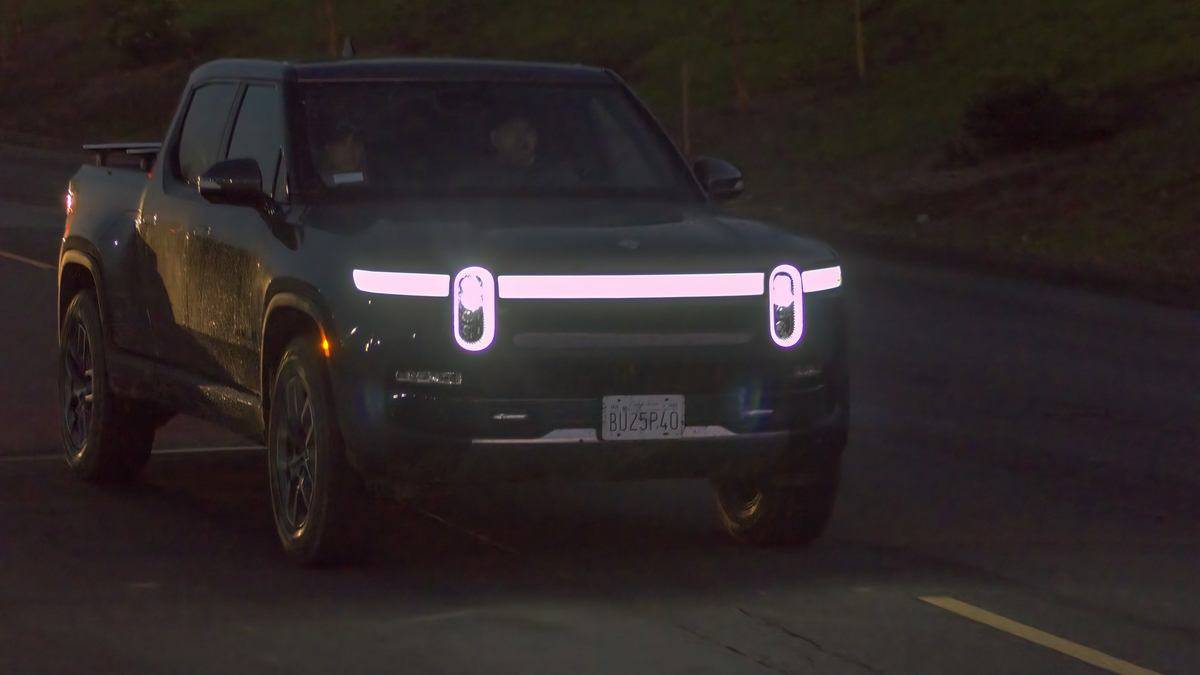In a regulatory filing, Rivian reported that it completed 10,020 vehicles in the last three months of 2022, as per The Wall Street Journal.
That number brought its year-end total to 24,337. Remarkably, 23,332 of those vehicles were delivered to customers by the automaker.
Global supply-chain crisis
Chief Executive RJ Scaringe stated in an email to the employee that more than 700 vehicles were awaiting parts or other work to be finished by year’s end. In his email, Mr. Scaringe likened the company’s missed production target to a global supply-chain crisis.
This past year, they confirmed that supply-chain issues compelled Rivian’s sole factory in Normal, Illinois, to close for 20 days and shut down early for an additional 50 days. Investors had been closely monitoring the young company’s 25,000 vehicle target. In a period of global shortages and supply-chain disruptions in late 2021, Rivian started producing its first model, the R1T pickup truck.
It is also constructing an electric delivery van and a sport utility vehicle, the R1S, for Amazon, another significant investor.
Target
The company aimed to prove to investors that it could mass produce its cars and deliver them to more than 100,000 preorder customers. It decreased its 50,000 production estimate for the year to 25,000 at the beginning of 2022.
Effects of the supply chain issues on other automakers
Rivian is not the only EV manufacturer facing manufacturing difficulties. Due in part to the COVID-related shutdowns of Chinese factories and changes in how it produces and delivers vehicles to customers, Tesla still needs to reach its delivery target for 2022. Another recent EV startup, Lucid Group Inc., reduced its production goal this year due to logistical and supply-chain issues.
Rivian’s losses
Rivian reported a net loss of $5 billion for the first nine months of 2017. It struggled to increase output at the Normal factory and was impacted by rising raw material costs.
Company executives have attributed some of their losses to operating a car factory below capacity due to inefficiencies. The factory will eventually be able to produce about 150,000 cars annually.
According to Rivian, they completed 10,020 vehicles in the last three months of 2017. Rivian has seen its cash position decrease since going public in late 2021. It has spent heavily on expanding its production while coping with rising raw material costs. They reported $15.46 billion in cash and cash equivalents at the end of June, but at the end of September, it had $13.8 billion.
Rivian’s stock leaped after its IPO in November 2021. However, it fell throughout the previous year due to production issues and a dimmed economic outlook. Shares closed on Tuesday at $17.34, down more than 80% from the high, for a roughly $15.3 billion valuation.

